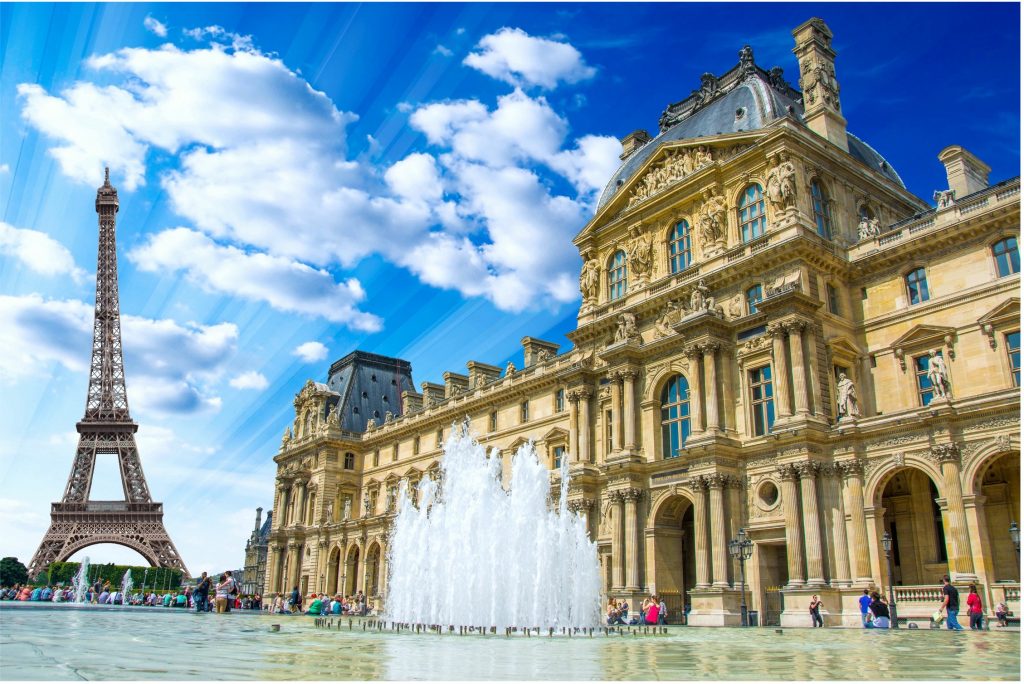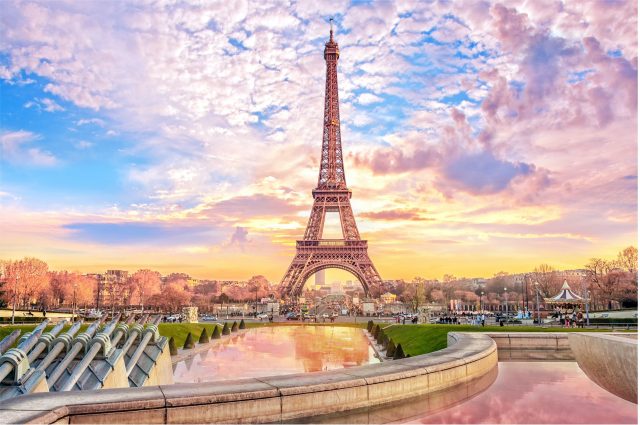Each year, France receives more than 200 million tourists, with its capital city of Paris receiving 60 million of these visitors. As the world’s most popular tourist destination, it is no surprise that France is expected to receive a major influx in visitors in the next few years as more country’s populations become vaccinated against COVID-19 and travel restrictions become more relaxed.
Wayne Stewart, of Baton Rouge, LA, has been a long-time visitor of the city of lights, and for the last thirty years, has spent the majority of his summers in France. Similar to many other Americans, A. Wayne Stewart has made France his number one choice for his post-pandemic vacation and has already begun planning his itinerary. A. Wayne Stewart of Baton Rouge, LA, recognizes his itinerary may differ from other first-time visitors. For this reason, A. Wayne Stewart of Baton Rouge, LA, hopes to share with readers more information about Paris’s most popular destinations so they can better plan their perfect trip to France.
Eiffel Tower
Address: Tour Eiffel, Champ de Mars, 75007 Paris
Total Number of Visitors Each Year: 7 million
Today, the Eiffel Tower remains the most popular place to visit in France as well as the most-visited tourist attraction in the world. The tower was designed by Alexandre-Gustav Eiffel and unrelieved at the Paris Exhibition in 1889 to mark the centenary of the French Revolution. When the structure was unveiled to the French people in 1889, it was widely considered to be hideous and a blight on the otherwise beautiful cityscape. At the height of roughly 324 meters, or 1,063 ft tall, when the tower was finished, it held the record as the world’s tallest building for 31 years until the Empire State Building was erected.
The Eiffel Tower was constructed using 18,000 iron beams held together by 2.6 million rivets. In total, the tower weighs approximately 10,000 tons, an impressive architectural feat for the period. To reach the highest viewing level of the Eiffel Tower, visitors can either take the stairs or an elevator up the tower’s 276 meters. On the first level, however, stands the Michelin-starred restaurant Le Jules Verne, which features windows that display the Eiffel Tower’s structural beams and views across the city of Paris. According to recent surveys, the Eiffel Tour is currently one of the most popular location in the world for engagements, and sees between 7,000-10,000 proposals a year.
 The Louvre
The Louvre
Address: Musée du Louvre, Rue de Rivoli, 75001 Paris
Total Number of Visitors Each Year: 9.5 million
The Louvre is currently the world’s largest and most visited museum that holds one of the most impressive art collections in history. Originally built as a fortress in 1190, the structure was later reconstructed to serve as a sumptuous palace for France’s kings and queens until 1682 when Louis XIV moved the royal family to Versailles.
Today, the Lourve sits across more than 652,000 square feet and has become both an exhibitor of artwork and an institution for art academia. Visitors can enter the museum through the courtyard at the iconic glass pyramid designed by Chinese-American architect Ieoh Ming Pei. Currently, the museum displays 35,000 artworks from the 15th to 19thcenturies. Although the Louvre possesses thousands of masterworks within its collection, the most famous piece within the museum to date remains Leonardo da Vinci’s Mona Lisa (or La Gioconda).
 Notre Dame
Notre Dame
Address: 6 Parvis Notre-Dame – Place Jean-Paul II, 75004 Paris
Number of Visitors Each Year: 13 million visitors
The Norte-Dame Cathedral, or in French referred to as the Cathedrale Notre-Dame de Paris, was founded by Louis IX and Bishop Maurice de Sully in 1163. Founded on the ruins of two earlier churches and the site of a Gallo-Roman Temple, Maurice de Sully was adamant in building Notre Dame Cathedral at its current site so that the builders could convert the ruins of the former basilicas into one larger building.
The cathedral took over 150 years to complete and has undergone many renovations and additions since its creation nearly 900 years ago. The original portion of the Notre Dame Cathedral was designed in the Early Gothic style, with later additions showing the transition to the High Gothic style in the 1200s. Notre Dame is also notable in the architectural community for being one of the first buildings in the world to use flying buttresses in its design, which required quite a high degree of craftsmanship and architectural skill. The construction of the cathedral’s choir was finished in 1177, with the High Altar consecrated in 1182. Although Bishop de Sully would die in 1196, his success Eudes de Sully would help continue his work with the construction of the transepts and the nave with the western façade being completed in the 1240s.
In 1831, Victor Hugo’s French Gothic novel, the Hunchback of Notre Dame, brought renewed international fame to the cathedral. Now known as one of the defining pieces of French literature, Victor Hugo wrote the novel to combat the destruction of many French gothic structures during the 1800s, and the trivialization of French’s history. The novel was a success and played a major role in Notre Dame’s modern status as a national icon and renewed national interest in Gothic architecture.
Although the Notre Dame Cathedral is renowned for its impressive architecture, its sculptures and masterful stained windows also draw in an impressive number of visitors. The outer portion of the cathedral showcases features numerous statues of religious figures, gargoyles, and grotesques. Unlike other Gothic architecture during this period, Notre Dame’s stained glass windows showcase heavy influences of naturalism; however, as of April 2019, the stained glass windows are currently being repaired.
In April of 2019, a large fire caused significant damage to the Notre Dame cathedral, which destroyed roughly two-thirds of the medieval ceiling, and caused the 19th-century spire to collapse. As of 2021, Notre Dame renovations and restorations are expected to be completed in 2024, at which time the cathedral will reopen to the public.








